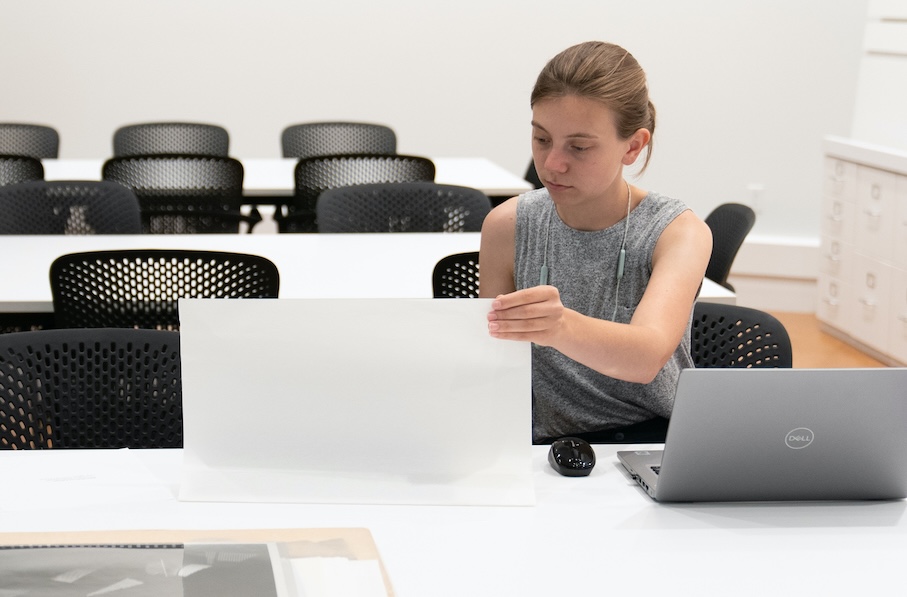
Provenance at the Eskenazi Museum of Art
The Eskenazi Museum of Art is committed to researching the provenance histories of the works of art in our collection. Our goal is to ensure that we have not unwittingly acquired looted art, and to act in an ethical and responsible manner if we discover any problems with a work’s ownership history. Initial research focused on works with provenance gaps in Europe during the Third Reich, and we have expanded our provenance research efforts to other areas of our collections.
What is provenance? Why is it important?
Provenance is the history of ownership of an artwork. An important component of art historical scholarship, provenance research provides insights into the cultural, political, religious, and economic roles of an art object at the time of its production and throughout its history. A complete provenance record, stretching back to the work’s creation, is useful for establishing the work’s value and authenticity, and for clarifying questions concerning its lawful ownership. However, it is very rare for works to have fully documented provenance histories.
Opportunities for graduate students to work as provenance research assistants are occasionally available at the Eskenazi Museum of Art. Faculty may also request a guest lecture or gallery tour for a university class focused on provenance research methodologies.
For information about guest lectures or gallery tours focused on the provenance of European and American art and/or the role of art and art looting in the Third Reich, please contact Jenny McComas, Curator of European and American Art.
For information about guest lectures or gallery tours focused on the provenance of ancient art, please contact Juliet Graver Istrabadi, Curator of Ancient Art.
For information about guest lectures or gallery tours focused on the provenance of African, Oceanic, and Indigenous art of the Americas, please contact Allison Martino, Laura and Raymond Wielgus Curator of the Arts of Africa, Oceania, and Indigenous Art of the Americas.
World War II-era Provenance
Research in this area includes known provenances for European paintings, sculptures, drawings, and Judaica that may have been in continental Europe between 1933 and 1945.
Ancient Provenance
Research in this area focuses on ancient art and cultural heritage materials, primarily from the regions surrounding the Mediterranean Sea and the Near East.
Questions?
For more information about our provenance research efforts, or to ask a question, contact Danielle Johnson, Director of Curatorial Affairs.